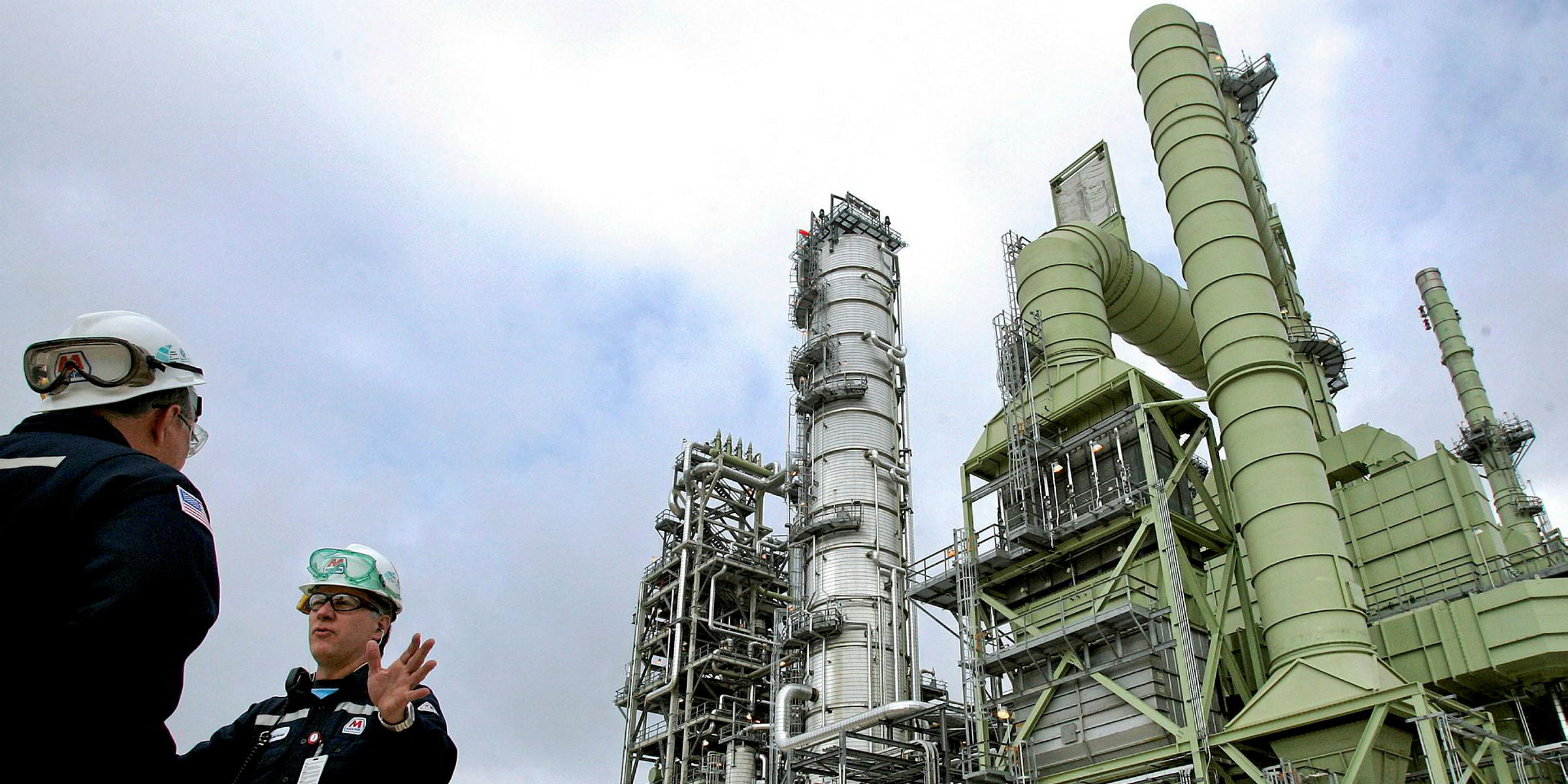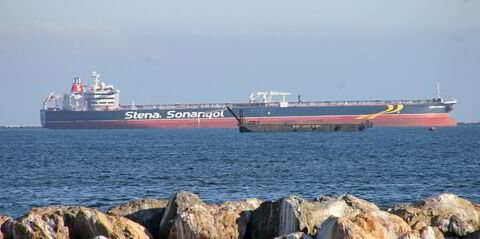More refineries are taking up the challenge of producing low-sulphur fuel for the shipping industry by 2020. But the new initiatives appear too little, too late, as many other refiners take a wait-and-see approach.
The upshot is a potential supply deficit for five years, according to one expert.
The IMO deadline for global shipping to switch from a 3.5% to 0.5% sulphur fuel is less than two years away. Shipowners continue to decry the lack of low-sulphur fuel supply in the market, with hopes that the deadline will be pushed back, as occurred with ballast water rules.
But the IMO may be more adamant this time. An IMO subcommittee agreed this month to a proposal that would prevent ships from carrying high-sulphur fuel entirely, unless they were fitted with exhaust gas scrubbers or similar equipment.
David St Amand, president of Navigistics, which helped carry out Bimco's study on low-sulphur fuel supply, said the measure added teeth to the 2020 regulations because "it will make sure port state controls will enforce the ban".
Increasing concern
The issue of what to do with high-sulphur fuel, which also faces onshore restrictions, is of increasing concern to refiners, which are signalling more investments in ways to get rid of sulphur.
Trading firm Gunvor applied for a permit from Dutch regulators to add a coking unit to one of its refineries in the Amsterdam-Rotterdam-Antwerp (ARA) shipping hub. A final decision on the unit, which reduces sulphur in fuel, is pending.

Marathon Petroleum plans to complete a coker expansion at its Garyville, Louisiana, refinery, the third-largest in the US, by next year. It will also spend $400m on producing low-sulphur fuel at another plant on the Texas coast.
The projects will allow Marathon to convert 300,000 barrels of high-sulphur fuel into low-sulphur fuel per day. Senior vice president of supply Michael Palmer said the demand created by the new shipping regulations meant cokers and similar projects could offer “high double-digit returns”.
"We do believe that there are significant upside opportunities with IMO 2020,” he said.
But that view is not commonly held among refiners, according to John Mayes of energy consultancy Turner Mason & Co. He said most of the world’s refiners were holding off investing in more production of low-sulphur marine fuel.
"While any increase is welcome, these projects will only marginally increase the pool of [low-sulphur fuel] and decrease the high-sulphur fuel oil pool,” Mayes told TradeWinds.
The International Energy Agency has forecast a deficit of two million barrels per day of low-sulphur fuel by 2020 due to the switch. Mayes said the deficit might be smaller, about 1.4 million barrels per day.
Even with the lower estimates, “we don’t see the supply balances anywhere near... adequate for low-sulphur marine fuel”, he added.
The price of high-sulphur fuel is at a deeper discount to low-sulphur fuel as the 2020 deadline looms. Futures markets price a spread of $229 per tonne between the two fuels by the end of this year, but that reaches $337 per tonne by the end of 2019.

Mayes said the return on investment for coker projects had historically been somewhere between “so-so and pretty good”, depending on prices for low-sulphur fuel, but the current price spreads made it difficult to justify the investment in additional coking capacity. Beyond 2020, there was little indication of where that spread would be, he added.
ExxonMobil was the rare refiner to go out on a limb with a $1bn project announced in 2014 to upgrade its ARA refinery for low-sulphur fuel. But Mayes noted that few others had the deep pockets needed for such projects.
“If I went to the board of a company for a half-billion-dollar project, they are going to ask: 'What are prices doing now?'” he said.
By 2020, “we’ll start seeing a lot more refinery projects announced when they see where the market has gone”, Mayes said, but it would take five more years for the projects to get built.
Not unlike their maritime customers, he predicted that once the refining industry had seen the price signals, it would probably overbuild coking capacity.
“There’s a strong herd mentality in refining and a tendency to overbuild,” he said. “So anything announced in 2020 will come on stream in 2025.”



